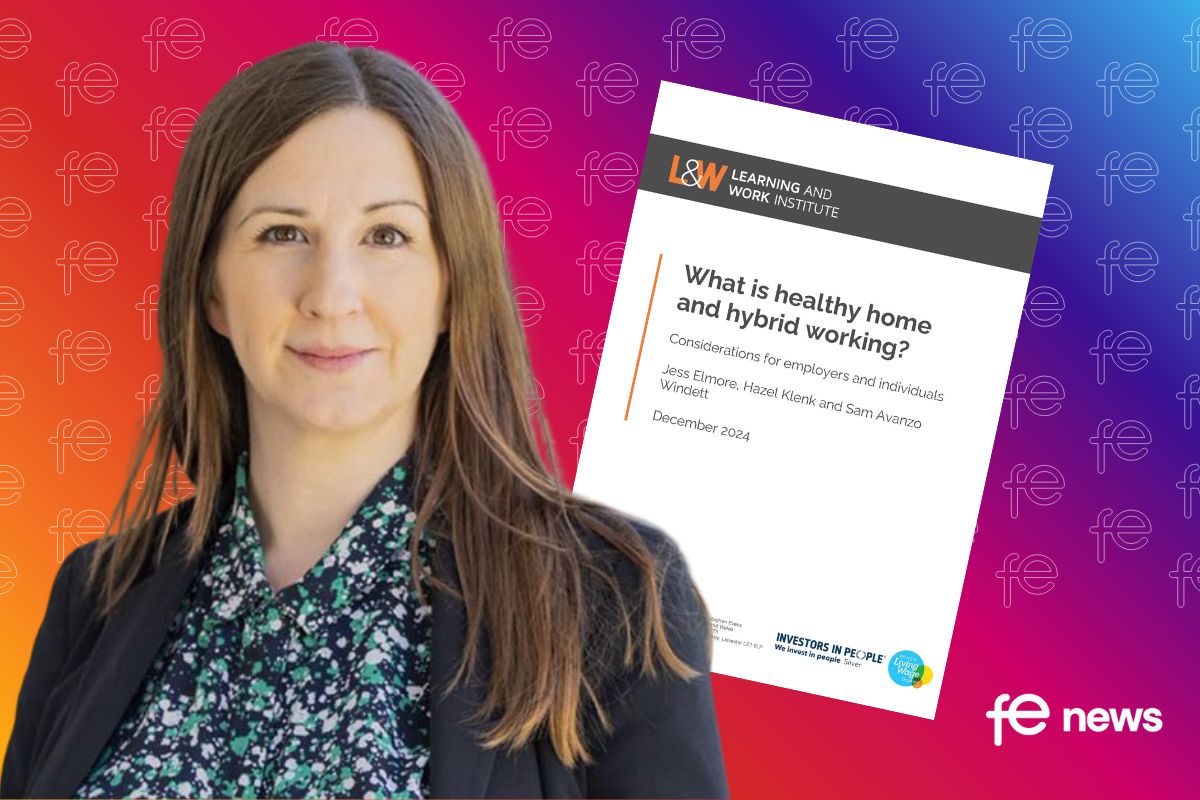The Importance of Place #1: Identifying an Area’s Industry Strengths

As we look to the future of the economy after a time of huge disruption, there will no doubt be many headlines at the national level showing how recovery is tracking.
However, the national economy is really an aggregation of many smaller local economies, each with its own unique mix of sectors, jobs and skills, and what we want to do in this and the next two pieces is to highlight how areas that are geographically close to one another can have very different labour markets.
For our comparison, we have chosen Greater Manchester, Leeds City Region and Lancashire LEP regions, and in this piece we’ll look at their respective sector mixes, with subsequent pieces concentrating on jobs and skills demand.
Before we get to the sectors, however, let’s take a look at overall employer demand (as defined by the number of unique job postings) throughout 2020 and 2021.
The chart below shows that all three regions saw a decline in demand during the first and third Lockdowns, but that Lancashire has fared better than the other regions.
For instance, the lowest point for Lancashire was a slump of -19% in job postings by May 2020, compared to -24% in Leeds City Region in May 2020 and -24% in Greater Manchester in June 2020.
Lancashire also saw the fastest recovery, so that by May 2021 job postings in the region were up by 34% on January 2020, compared to 16% for Leeds and 13% for Greater Manchester:
We can now take a look at what it is that makes each area unique by identifying their industry mix. Here, we have used a methodology we devised for grouping the 563 industries defined by the Office for National Statistics into 49 “Industry Clusters”, based on the following criteria that link them together economically:
- Industries which tend to co-locate in the same areas
- Industries which tend to have supply chain connections
- Industries that share a similar workforce
We have then divided these 49 clusters into two distinct groups: local clusters, which are made up of up of industries that tend to serve local needs, and which don’t have much in the way of national or international exports; and tradable clusters, which are made up of industries that tend to export both nationally and internationally.
The charts below show the Top 15 clusters for each of our three LEP regions, in terms of Location Quotient, which is a measure of how concentrated an industry cluster is in an area. The UK as a whole is benchmarked at 1.0, and so anything over about 1.2 indicates that the area has a comparative advantage over other areas. As you can see, each area has a comparative advantage in a number of clusters, with the top three being:
- Lancashire: Furniture and wood products; Vehicle and defence technology; Utility
- Leeds City Region: Textiles and apparel; Construction products and services; Furniture and wood products
- Greater Manchester: Air transport; Textiles and apparel; Utility
You can click on any of the dots on the charts to see more insights for each cluster, such as the number of jobs it employs in the area, the average wage it pays, and details about the Gross Value Added (GVA) it contributes to the local economy.
Finally in this piece, we can dig down into those clusters to get some more details on their underlying industries.
In the graphic below, clicking on a region reveals the top three niche clusters we’ve already identified in the charts above, and clicking on any of these will then reveal the top three underlying industries within that cluster. Hovering your cursor over any of these will then give you details of these sectors, including Location Quotient, the number of jobs they employ, and GVA.
There are a couple of points of interest. Firstly, although some of the areas have the same clusters in the top three, they have different niche industries within the clusters, which shows the importance of really understanding the data at the granular level. For instance, while both Leeds City Region and Greater Manchester have a comparative advantage in Textiles and apparel, with Location Quotients of 2.0 and 1.87 respectively, the top three niche industries within these clusters, together with their respective Location Quotients are:
- Leeds City Region: Preparation and spinning of textile fibres (11.27); Manufacture of man-made fibres (7.99); Manufacture of other outerwear (4.86)
- Greater Manchester: Manufacture of non-wovens and articles made from non-wovens, except apparel (5.16); Wholesale of textiles (4.67); Manufacture of carpets and rugs (4.18)
Another point of interest is the fact that some clusters are dominated by one particular underlying industry in terms of comparative advantage. For instance, Lancashire has a Location Quotient of 2.42 for Utility, but when we dig into the detail we find that Construction of utility projects for electricity and telecommunications has a Location Quotient of 22.52, which means that it is over 22 times more concentrated in this area than across the nation as a whole.
This local level data shows the importance for education providers and economic developers of really understanding the nuances and strengths of their local economy, since this could prove crucial in identifying what kind of workforce and skills are needed in the local economy, and which interventions may be the most important.
In “The Importance of Place #2“, we’ll take a look at the same three LEP regions, but from the occupational rather than industrial perspective.











Responses